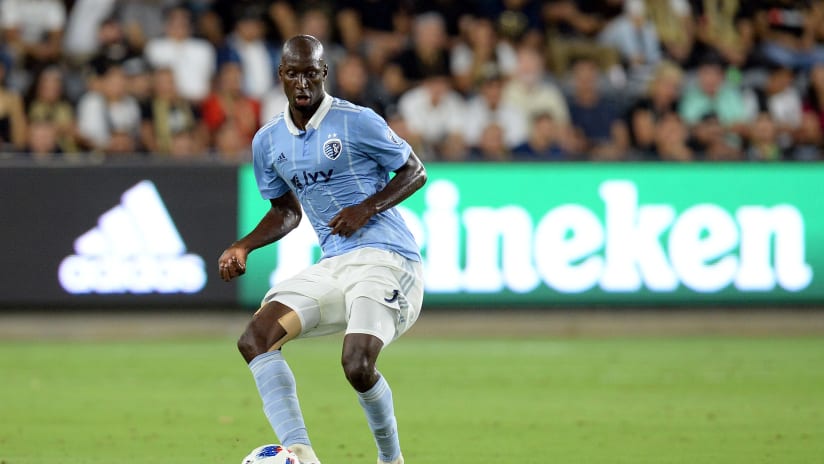Sporting Kansas City traded defender Ike Opara to Minnesota United FC on Monday in exchange for $900,000 in Targeted Allocation Money and a potential $100,000 in future Targeted Allocation Money based on undisclosed performance incentives.
So how can Sporting use the Targeted Allocation Money (TAM) it acquired in the trade? And how does TAM differ from General Allocation Money (GAM)? We provide a breakdown of both TAM and GAM below.
Targeted Allocation Money (TAM)may be used in four specific ways:
- To sign a new player if his salary and acquisition costs are more than the Maximum Salary Budget Charge of $530,000.
- To re-sign an existing player if he is earning more than the Maximum Salary Budget Charge.
- To convert a Designated Player to a non-Designated Player by buying down his Salary Budget Charge at or below the Maximum Salary Budget Charge. If TAM is used to free up a Designated Player slot, the club must simultaneously sign a new Designated Player at an investment equal to, or greater than, the player he is replacing.
NOTE: A club retains the flexibility to convert a player bought down with Targeted Allocation Money into a Designated Player if that club has a free Designated Player slot.
- Clubs can use up to $200,000 of currently approved TAM to sign new Homegrown Players to their first MLS contract. It cannot be used on Homegrown Players previously signed to MLS.
General Allocation Money (GAM)may be used in any of the following ways:
- To "buy-down" a player's Salary Budget Charge as part of managing a club's roster, including buying a Salary Budget Charge below the League maximum of $530,000. For example, a club may "buy down" a player earning $500,000 to a Salary Budget Charge of US$300,000 by using US$200,000 of General Allocation Money.
- To sign players new to MLS (a player who did not play in MLS during the previous season).
- To re-sign an existing MLS player.
- To offset acquisition costs (loan and transfer fees).
- In connection with the extension of a player's contract for the second year provided the player was new to MLS in the immediately prior year.
- To reduce the Salary Budget Charge of a Designated Player to a limit of $150,000.




